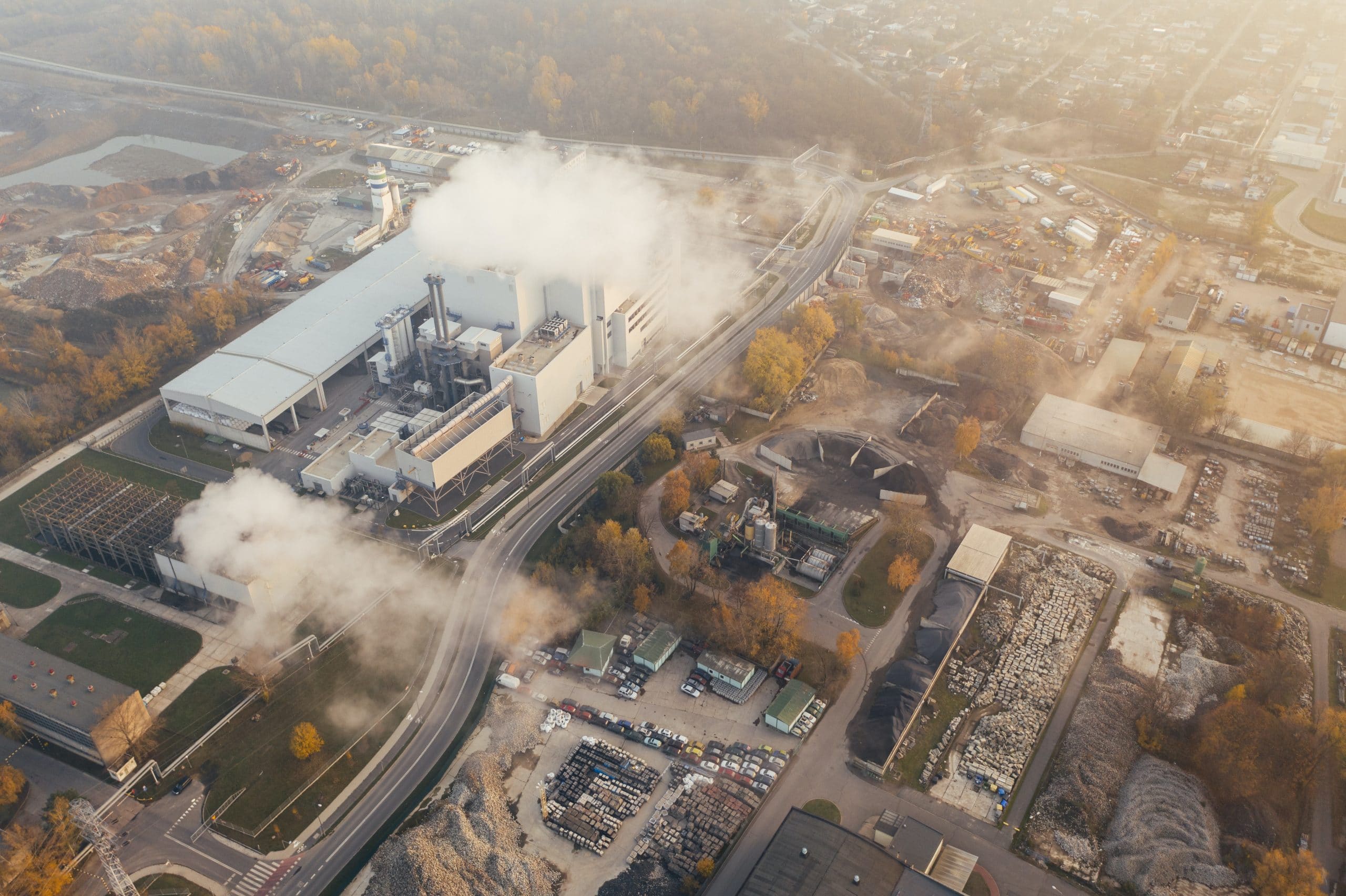California Commission Initiates Rulemaking to Further Long-Term Natural Gas Planning

The California Public Utilities Commission has opened a new proceeding to address long-term natural gas planning to advance decarbonization and guide the transition to a sustainable energy future. This initiative will address complex, unresolved issues from a prior proceeding initiated in 2020 to create a long-term planning framework for the natural gas system, as well as potential new issues. This successor rulemaking aims to promote long-term planning in the gas sector while also exploring interim actions that can accelerate decarbonization and reduce risks in the short term.
The commission emphasized that gas transition planning must support decarbonization while ensuring equity, safety, affordability, and minimizing risks like reliability issues and price spikes. This involves long-term planning with data and analysis to help the commission track progress through set metrics and milestones.
The commission identified two key objectives for its successor proceeding. The first pertains to comprehensive long-term natural gas planning approaches and methods including scenario analyses, estimates of rate and revenue impacts, exploring ratemaking options, and other actions to ensure affordability and reduce transition risks. The second key objective is to identify and develop short-term actions that lower system and ratepayer costs and also facilitate decarbonization, while long-term natural gas planning is underway.
The commission in its order has also identified two main risks that could increase natural gas prices during the transition from natural gas. The first risk is cost and rate increases resulting from maintaining aging gas infrastructure. As more consumers transition away from gas to electricity, this would mean that infrastructure maintenance costs are borne by a smaller pool of consumers, causing an increase in gas prices. As low-income households face more barriers to adopting new fuels and zero-emission technology, these increased gas prices would affect them the most.
The second risk that could spike gas prices is related to retiring gas transmission and storage infrastructure. This could create short supply at a time when the demand is still high, causing price spikes. The new rulemaking and its key objectives aim to mitigate these risks with comprehensive planning through thorough consideration of demand and supply data, allowing a smoother transition from natural gas.
In the 2020 proceeding, the commission issued decisions addressing reliability standards, market structure, regulations, transmission pipelines and natural gas storage facilities. That proceeding was initiated to address long-term planning in response to the state’s climate goals and in recognition of the fast development of renewables expected to eventually lessen consumers’ dependence on fossil gas.
Several of California’s key climate policies paved the way for the newly introduced rulemaking. The first is California’s goal to achieve economy-wide carbon neutrality by 2045 and reduce greenhouse gas emissions by 85 percent below 1990 levels by 2045. The state also intends to reduce methane emissions by 40 percent below 2013 levels by 2030. Both these targets would require the state to significantly reduce its natural gas consumption and transition to alternative fuels.
Owing to the complex nature of the new proceeding involving multiple state agencies and stakeholders, the commission set a statutory deadline of Sept. 30, 2027. The commission will host a workshop on Nov. 14 to discuss key objectives of this proceeding, including scenario planning and opportunities for interim actions.
EnerKnol Pulses like this one are powered by the EnerKnol Platform—the first comprehensive database for real-time energy policy tracking. Sign up for a free trial below for access to key regulatory data and deep industry insights across the energy spectrum.
ACCESS FREE TRIAL


